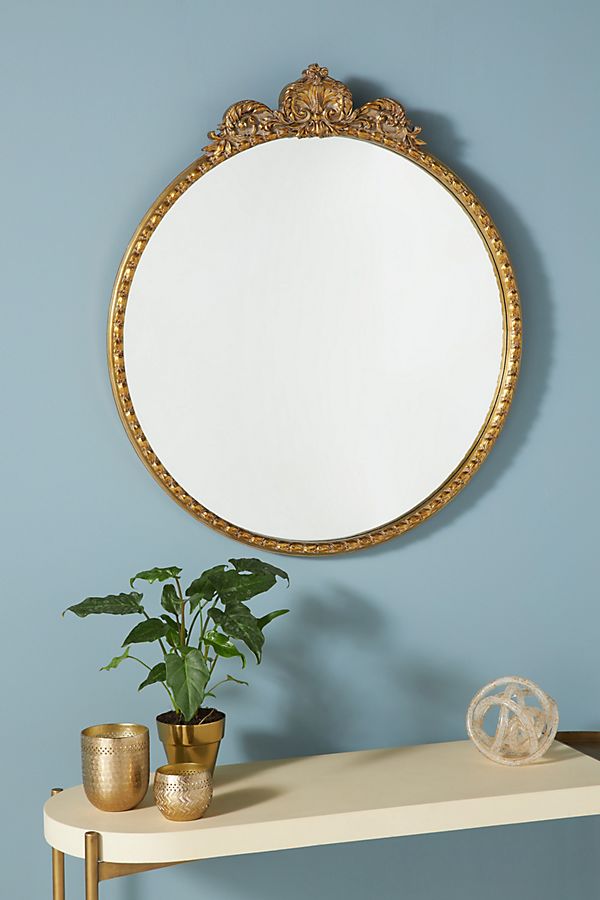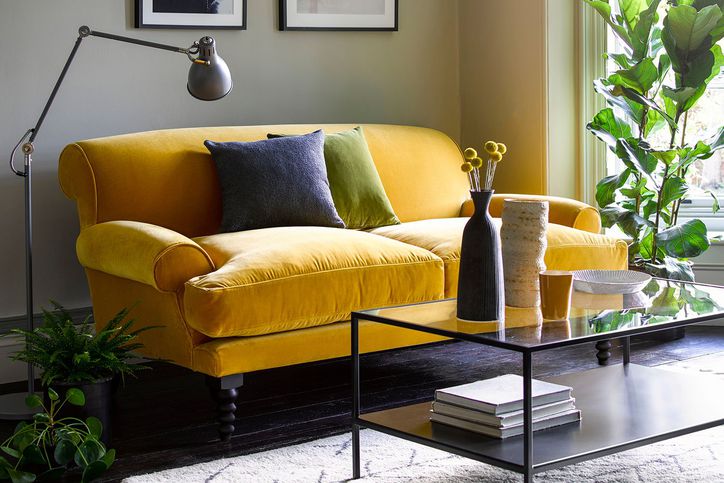Gleaming Primrose Mirror – Anthropologie
Bathroom-rated. Handcrafted resin, iron, mirrored glass. Fitted with a ready-to-hang cleat; hanging hardware required. Wipe clean with dry cloth.
Style No. 59900944 ; Color Code: 027
It’s love at first sight with this stunning, vintage-inspired mirror fit with jeweled adornments at its apex and edges. Placed above an entryway console, dresser, or positioned over a fireplace mantel, this mirror magnifies any room with a grandiose, yet delicate appeal.
- Bathroom-rated
- Handcrafted resin, iron, mirrored glass
- Fitted with a ready-to-hang cleat; hanging hardware required
- Wipe clean with dry cloth
- Imported
Additional information
| Dimensions | 35.25"H, 32"W |
|---|






Reviews
There are no reviews yet.